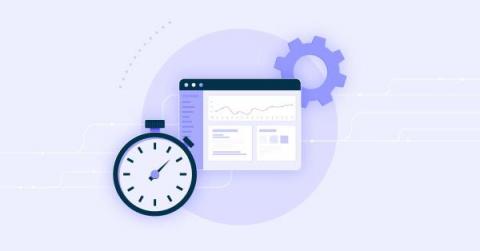Top three requirements for self-service analytics according to Harvard Business Review
Being data-driven is no longer optional. With increased digital dexterity among customers and fast-changing market conditions and disruptions, organizations have entered the defining decade of data. This new era is characterized in part by the need to put live data directly into the hands of frontline decision-makers with self-service analytics.










